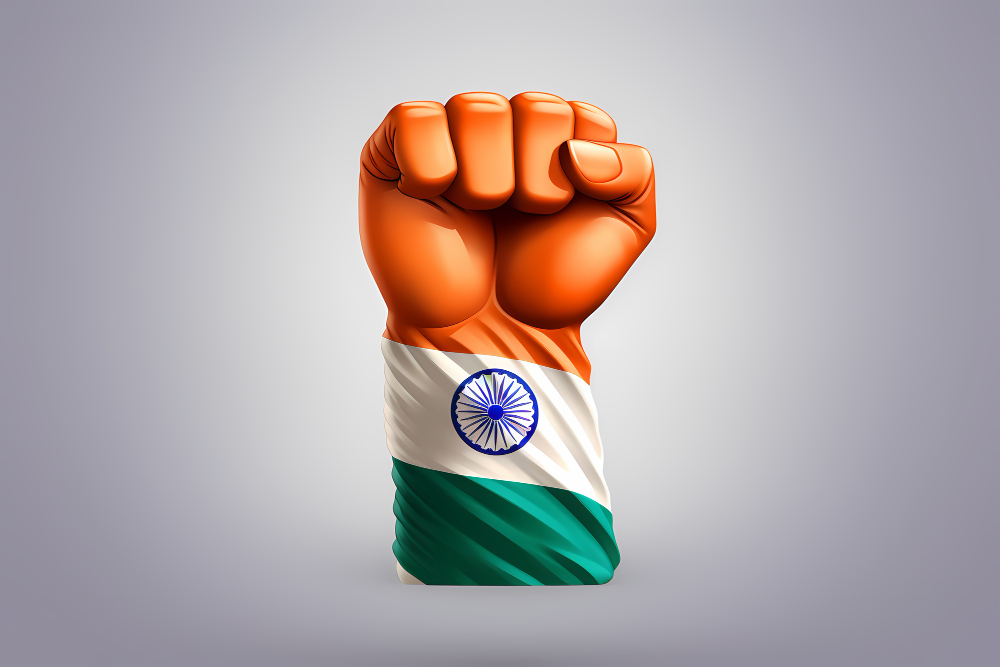The Prime Minister in September 2014 launched Make in India sporting a lion emblem and a bold promise: make India a global manufacturing hub. Ten years later, the question is more acute than ever, is it a success or a test?
The truth of it: a little of both.
The Triumphs
1. FDI and Global Confidence
Since 2014, India has lured more than $600 billion of FDI, record inflows into sectors ranging from electronics and autos to chemicals. Multinationals from Boeing to Apple are localizing supply chains. India’s argument, political stability, a huge potential for consumption, and cheap labor, has found takers.
2. Infrastructure Push
Industrial corridors, freight rail networks, new ports and new airports together have lowered logistics bottlenecks manifold. India surged from 142nd position in Ease of Doing Business (2014) to 63rd by the year 2020, before the rankings ceased.
3. Sunrise Sectors
Manufacturing of defense, space, and electronics has registered irrefutable advancements. India is locally assembling iPhones for export, exporting the BrahMos missile, and developing its own 5G stack. In the realms of renewables, India is at No.4 in the world in installed capacity, and electric vehicle battery gigafactories loom large.
4. Jobs and MSME Growth
The MSMEs have emerged as the pillar of Make in India. They produce almost 30% of the GDP and export almost 45%. Programs like Production Linked Incentives (PLIs) have also provided a reason for scaling and competing for domestic manufacturers.
The Trials
1. Manufacturing Share of GDP
Despite policy focus, manufacturing still hovers at 16–17% of GDP, far below the 25% target. Services remain the main engine of growth.
2. Global Value Chain Integrations
India also trailed East Asia in joining world supply chains. Although Vietnam and Indonesia surged as substitutes for China, India routinely bumped into red tape, regulatory expenses, and policy uncertainty.
3. Skilling Gaps
Automation, Artificial Intelligence, and new manufacturing require high-technology skills. India churns out numbers of talent, yet the “shop-floor ready” laborer is scarce. Skilling and reskilling fall behind industry needs.
4. Policy Consistency
From tariffs on electronics to shifting taxation guidelines, policy uncertainty has at times deterred investors. A world-class manufacturing hub needs stability and long-term forbearance, not policy whiplash.
The Way Forward: From Slogan to Strategy
- Forward – India must build world-class clusters for semiconductors, electronics, electric vehicles, and green technology. Scale converts ambition into dominance.
- Invest in Skills – Skills Training for 10 million youth in higher-end manufacturing and production through Artificial Intelligence.
- Policy Patience – Pursue long-term industrial policy. Frequent change unnerves potential investors.
- Export Mindset – Our manufacturing prowess would be measured not by substitution but by world competitiveness. We need to shift from an import replacement mindset to export growth.
- Public-Private – Big businesses, MSMEs, and startups should collectively develop ecosystems by involving the government.
Ruling
Make in India is not a hollow slogan and not entirely a success story either. It has been a pilot testing with some real successes, but the long haul is yet to come. India’s determination, its entrepreneurship base, and its demographic vigor are undeniable strengths. If execution meets ambition in the next decade, Make in India can transform from a national program into a global story.

